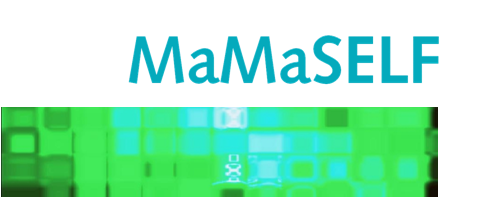Description
The X-ray diffraction computed tomography (XRD-CT) – an experimental tool combining the powder diffraction in transmission mode with computed tomography, that can deliver spatially resolved structural information from the interior of the chemically non-homogeneous objects. Originally demonstrated as a laboratory technique, this method has been at most using high-energy synchrotron X-ray radiation. The use of high-energy synchrotron beams is needed for studies of millimeter-sized samples, but it is often limited by the contrast (elemental sensitivity) of X-rays and by the potentially-introduced radioactive damage.
The aim of this work is to adopt the technique of neutron diffraction computed tomography (ND-CT) similar to the well-established XRD-CT. Thermal neutrons with energies in meV range are supposed to have no such disadvantages as X-rays have, in particular, they are proven to be sensitive to isotope sample composition providing an enhanced contrast. With simple "phantom" sample, object displaying contrast sufficient for the method validation, it is shown that diffraction CT technique is able to provide one with spatially resolved physico-chemical information.
Two kinds of diffraction tomography experiment were performed with the developed “phantom” sample: one based on synchrotron radiation and for the first time ever proposed ND-CT experiment at the instrument STRESS-SPEC of FRM II. The sets of collected raw diffractograms were analyzed after integration procedure applying necessary corrections and reconstructed with filtered back-projection algorithm. The obtained tomograms clearly reveal components of the “phantom” sample, which demonstrates the feasibility of imaging approach in the reconstruction of not only X-ray but also neutron diffraction data.

